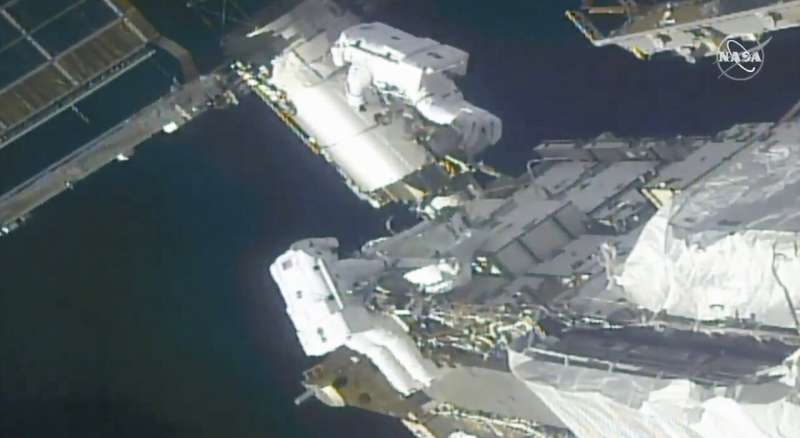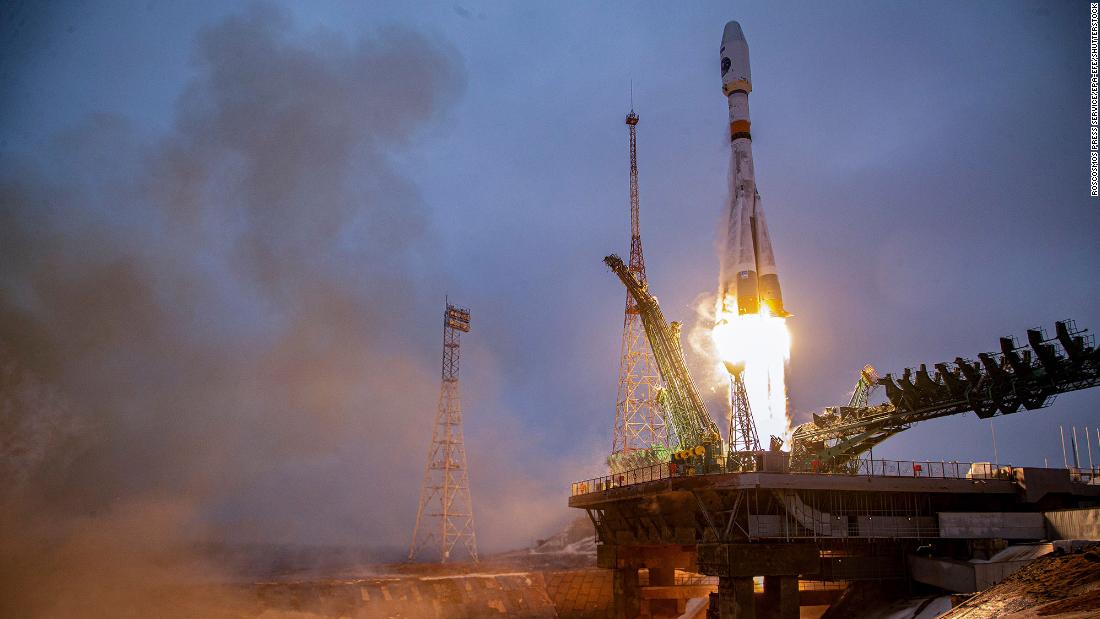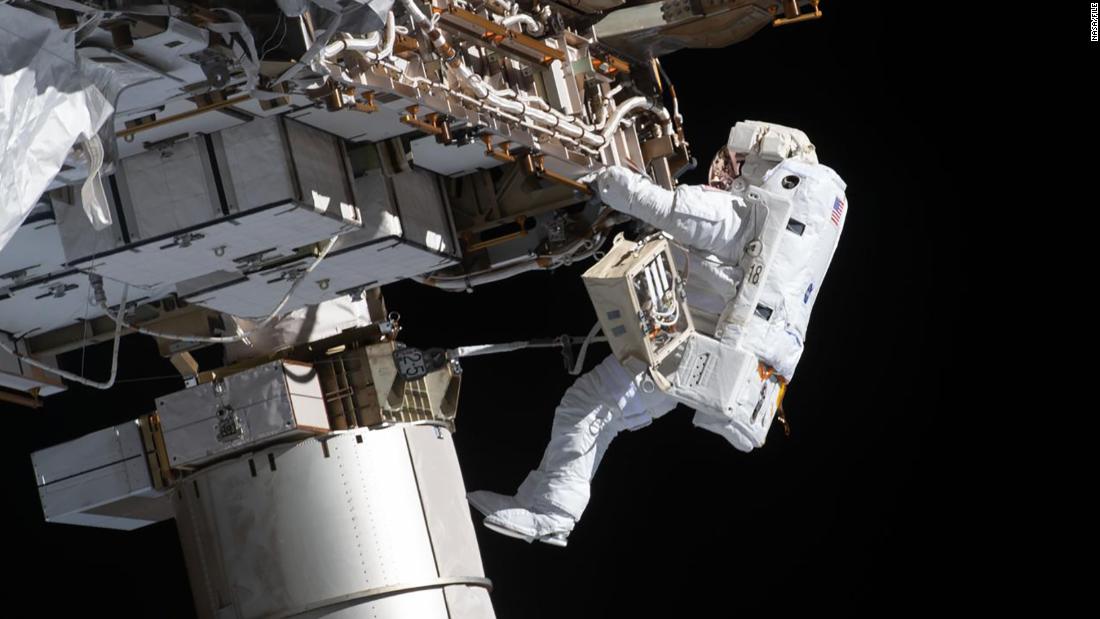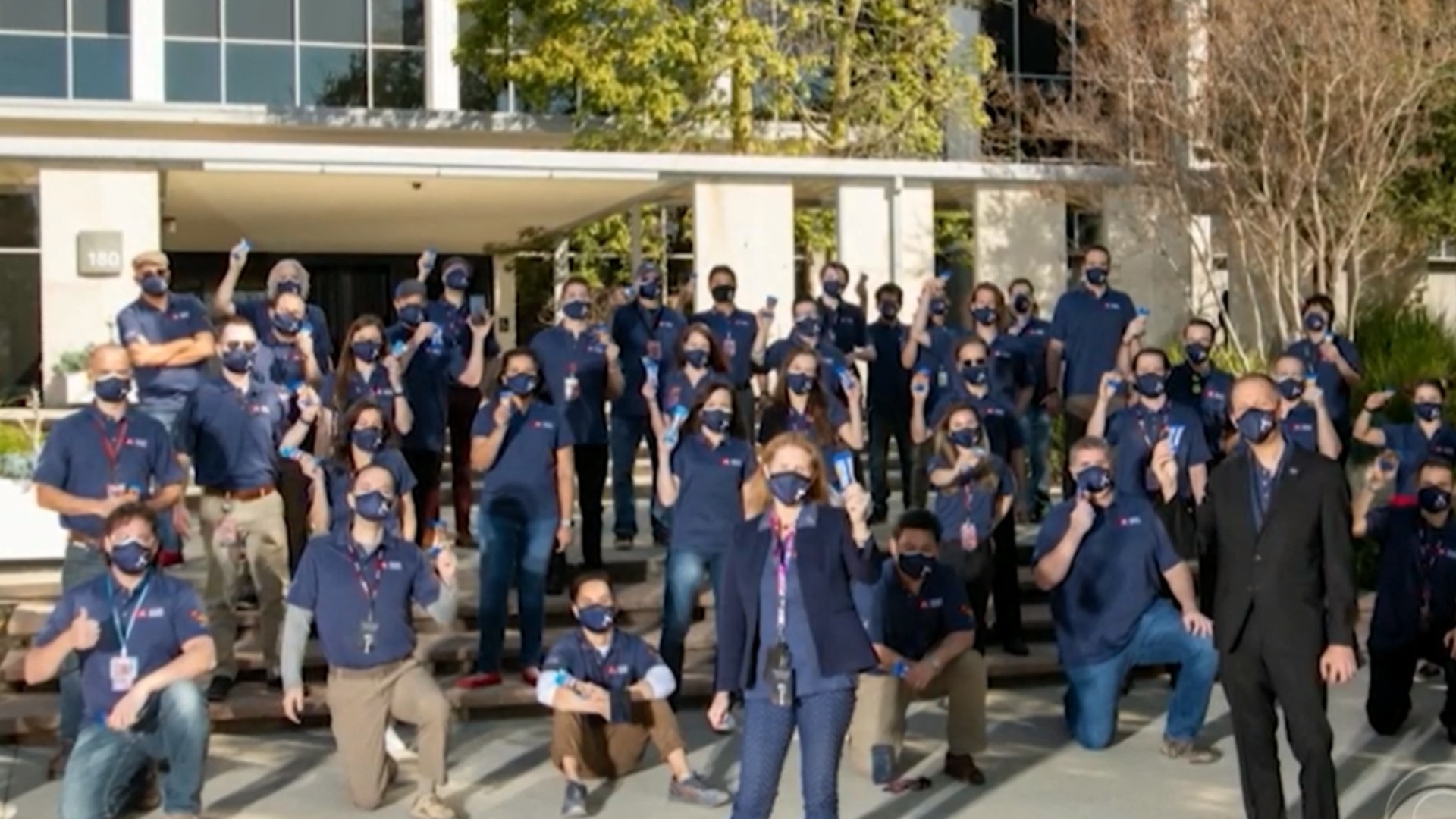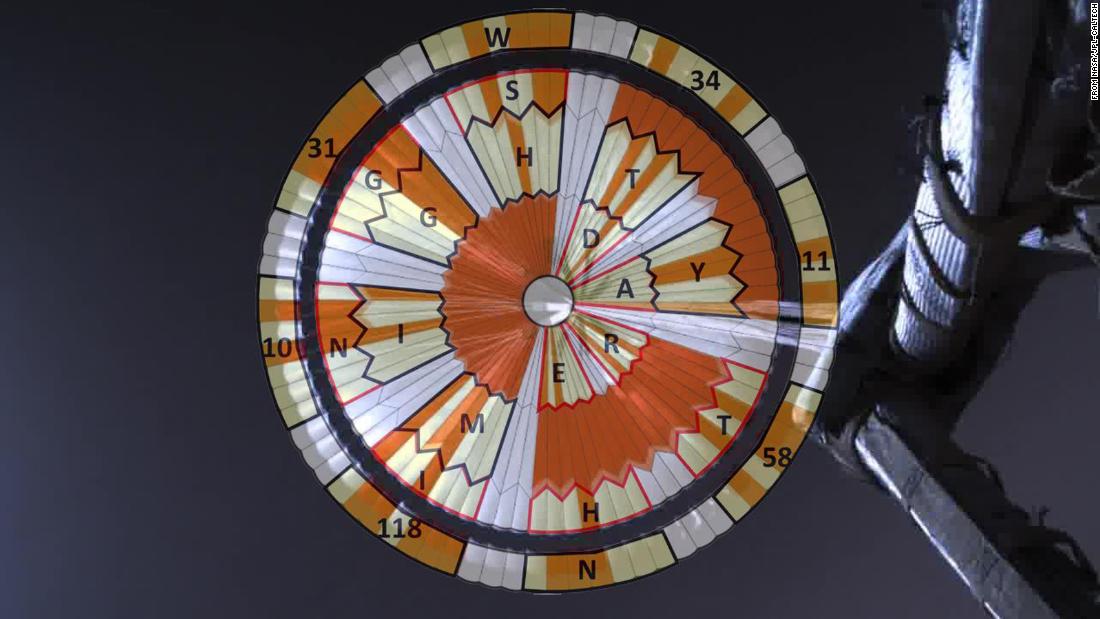A little over a week ago (February 18th, 2021), NASA’s Perseverance rover landed in the Jezero crater on the surface of Mars. In what was truly a media circus, people from all over the world tuned to watch the live coverage of the rover landing. When Perseverance touched down, it wasn’t just the mission controllers at NASA who triumphantly jumped to their feet to cheer and applaud.
In the days that followed, the world was treated to all kinds of media that showed the surface of Mars and the descent. The most recent comes from the Trace Gas Orbiter (TGO), which is part of the ESA-Roscosmos ExoMars program. From its vantage point, high above the Martian skies, the TGO caught sight of Perseverance in the Jezero crater and acquired images that show the rover and other elements of its landing vehicle.
Since 2016, the TGO has orbited Mars and gathered vital data on the composition of its atmosphere. Specifically, TGO has been looking for traces of atmospheric methane and other gases that could be the result of geological or biological activity. These efforts are part of a larger effort to determine if life existed on Mars billions of years ago (and whether or not it still does).

In addition, the orbiter has conducted other important scientific operations, like relaying data from robotic missions on the surface and acquiring images of space. On February 23rd, the TGO took advantage of its orbit to snap pictures with its Colour and Stereo Surface Imaging System (CaSSIS) that showed the Perseverance rover – as well as its parachute, heat shield, and descent stage elements – within the Jezero crater.
In the first image (above), the elements are discernible as a series of dark and bright pixels, which are indicated in the second image (below). As you can see, the descent stage and heatshield are dark spots spaced around two smaller craters while the parachute and backshell are visibly bright spots in close proximity to each other. The Perseverance rover, near the bottom center, is a relatively faint spot by a small ridge leading from one crater.
It is here that Perseverance will spend the next two years (which will likely be extended) searching for signs of past microbial life. Based on its features, which include a preserved river delta and clay-rich sedimentary deposits, the Jezero crater is known to have hosted a standing body of water billions of years ago. For this reason, it was selected as the landing site for the mission, since it is believed to be a good place to find evidence of past life.
Perseverance will also conduct an ambitious and unprecedented operation, where it will collect samples of Martian rocks and soil and set them aside in a cache. These will be returned to Earth by a separate ESA-NASA Mars Sample Return mission that will consist of a lander, a rover (to retrieve the samples), and small launcher (for launching them to orbit). Once there, an orbiter will pick them up and bring them home for analysis.

The ExoMars TGO also provided a significant amount of assistance for the Perseverance rover during its landing, such as data relay services. Videos of the landing, as well as imagery and sound recordings, were captured by instruments aboard the rover’s Entry, Descent, and Landing (EDL) vehicle. These were sent back to Earth with the assistance of the TGO, as well as NASA’s Mars Reconnaissance Orbiter (MRO).
The orbiter will continue to provide data relay support between Earth and Mars for future missions to the surface, particularly the the next ExoMars mission. Known as ExoMars 2022, this mission will launch from the Baikonur Cosmodrome on Sept. 20th, 2022, and arrive at the Red Planet by June 10th, 2023. It will consist of the Russian Kazachok surface platform and the Rosalind Franklin rover.
Meanwhile, the Trace Gas Orbiter will continue to orbit Mars and conduct its own science operations, focusing on the analysis of Mars’ atmosphere and the search for gases that point the way towards past (or present) life. Recently, the orbiter detected traces of hydrogen chloride gas leaving the planet’s atmosphere, indicating that this salt exists on the surface which made it to orbit.
On Earth, this process has been observed with sodium chloride salts, where salt water evaporates from our oceans and is pushed into the upper atmosphere by strong winds. The TGO has also monitored water vapor leaving the Martian atmosphere and escaping to space. Together, these findings have provided new clues as to where the abundant surface water Mars had billions of years ago escaped to.

Further Reading: ESA
Article From & Read More ( Perseverance Seen From Space by ESA’s ExoMars Orbiter - Universe Today )https://ift.tt/301uY0g
Science
